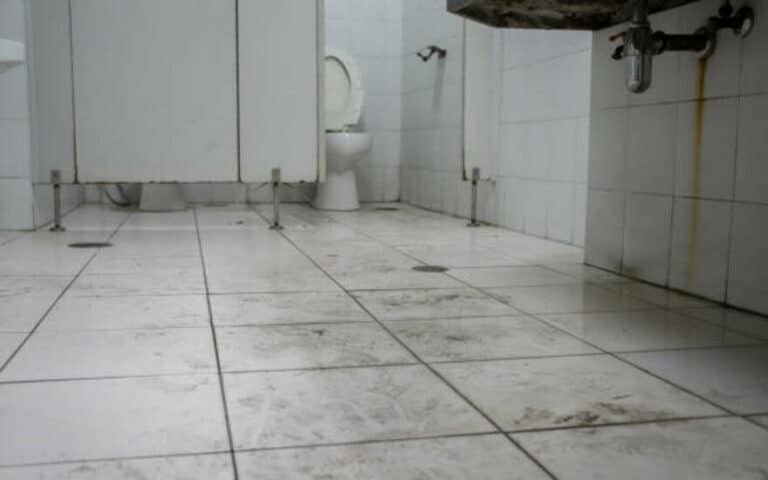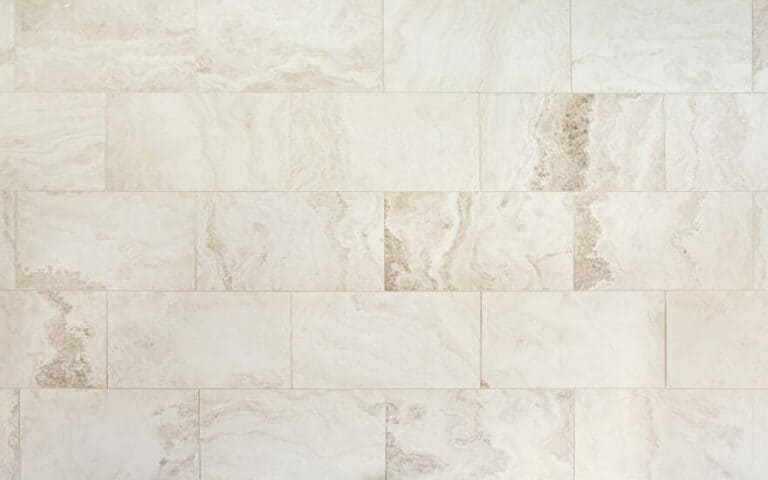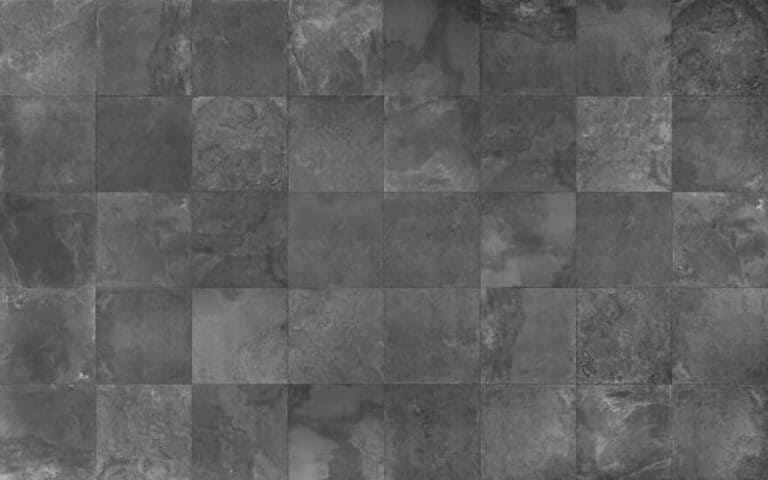The answer is yes!
This blog post will discuss the underlayment’s benefits and how it can help protect your plywood floors from damage. Read on to learn more!

What is Underlayment?
Before we dive into the details of whether or not you need underlayment for laminate flooring on plywood, let’s take a look at what exactly underlayment is and why it is important for laminate flooring. Underlayment is a material that is installed between the subfloor and the flooring itself.
It serves a few different purposes, such as providing cushion and support for the flooring, reducing noise and sound transfer, providing a thermal barrier, protecting from moisture damage, and helping to preserve the floor’s appearance.
It can also help to even out minor imperfections in the subfloor. So, now that we know what underlayment is and why it is important for laminate flooring let’s look at the types of subfloors that are suitable for laminate flooring installations.
Why is Underlayment Important for Laminate Flooring?
Underlayment is an important part of any laminate flooring installation. It serves several important functions, including taking out minor deviations in the subfloor, providing compression, sound absorption and insulation value, and protection from moisture.
It also adds a layer of cushioning under the laminate that can help reduce sound and noise, increase comfort, provide a thermal barrier and protect from moisture damage. All these factors are essential for preserving the integrity of your laminate flooring over time.
What Types of Subfloors are Suitable for Laminate Flooring?
Underlayment is also important for laminate flooring installations on plywood subfloors. Basic foam underlayment is ideal for this type of subfloor, as it is usually made of polyethylene or polypropylene and provides compression, sound absorption, and insulation value. Depending on your needs, cork and foam are the usual favorites for a laminate floor underlay.
If you are installing a laminate floor with a pre-attached underlay to concrete, installing a vapor barrier is also a good idea. Cement board is the underlayment to use when installing tile flooring, as it sits on the plywood or concrete surface and holds the tiles together.
What Types of Underlayment are Used for Laminate Flooring?
Several options are available when selecting the right underlayment for your laminate flooring installation. The most basic option is the standard underlayment, which is ideal for installing over plywood, oriented strand board (OSB), or existing sub-floors. Foam underlayment is the most basic variety of laminate floor underlayments and is usually made of polyethylene or polypropylene.
It is a thin layer of foam material, around 1/8 inches thick. Some laminate flooring planks come with the underlayment attached to each plank; however, if not, then it is recommended to choose an underlayment of 3 – 5mm thickness. When choosing an underlayment, a plywood subfloor is usually more straightforward than concrete, and by using underlayment, you can benefit from sound absorption and insulation value.
Do I Need Underlayment for Laminate Flooring on Plywood?
Plywood is a great base for laminate floors but has minor imperfections that must be addressed using an appropriate underlayment. It is also important to note that not all laminate planks come with an underlayment attached, so it is important to check the manufacturer’smanufacturer’s instructions and ensure that you are either using an attached underlayment or one that you separately purchase.
Several foam-type underlayments are suitable for use over plywood and should be used to ensure a level, even floor. Installing a quality underlayment can provide many benefits, including sound and noise reduction, increased comfort, thermal protection, moisture protection, and preservation of your flooring.
Is Underlayment Necessary for All Laminate Flooring Installations?
Underlayment is required for any installation of laminate flooring or engineered real wood flooring. Both types of flooring are installed by a ” floated” or “click-together” method, which means they are not attached to the subfloor. This is why underlayment is necessary – it provides a stable, level surface for the flooring to rest on and helps keep it in place. It also provides added cushioning and sound absorption. That being said, there are some cases when underlayment may not be necessary.
5 Benefits of Installing Underlayment for Laminate Flooring?
Underlayment for laminate flooring has many benefits, including reducing sound and noise, increasing comfort, providing a thermal barrier, protecting from moisture damage, and preserving the flooring. Installing underlayment for your laminate flooring installation is an important step to ensure the longevity and quality of your floor. Choosing the right underlayment for your flooring installation is important to get the best possible results.
1. Reduce sound and noise
Installing underlayment for your laminate flooring is essential to reduce sound and noise. This is because the underlayment absorbs sound and vibrations, thus making your floor quieter. The underlayment also helps to minimize the sound of a footfall, which is especially beneficial when you have multiple people living in one house.
Without the underlayment, the noise of someone walking on your laminate flooring can be quite loud and intrusive. Investing in a quality underlayment ensures that your laminate flooring is as quiet as possible for everyone in your home.
2. Increase Comfort
When it comes to laminate flooring, comfort is a huge factor. Installing underlayment for your laminate flooring can provide extra cushioning and make walking more comfortable. This is especially beneficial in homes with higher traffic, as the extra cushioning will help to reduce fatigue and make it easier on your feet.
Underlayment can also help to reduce the sound of footsteps and provide a better soundproofing effect. In addition, underlayment can help maintain the floor’sfloor’s temperature, making it more comfortable in cold and hot weather.
3. Provide a Thermal barrier
In addition to sound and noise reduction, underlayment provides a thermal barrier. This helps to keep the floor warm during the winter months and cool during the summer months. It will also help reduce energy costs by keeping your home’shome’s temperature more consistent.
Additionally, if your home has radiant heat, the underlayment will help to distribute the heat more evenly and efficiently throughout the room. This is an especially important benefit for anyone living in cold climates, as it helps keep your feet warm and prevents cold drafts from entering the floor.
4. Protect from Moisture Damage
Underlayment is also essential in protecting laminate flooring from moisture damage. It helps to create a barrier between the subfloor and the laminate, which prevents moisture from seeping through and damaging the flooring.
In addition, if you have a cold subfloor, like concrete, you should consider using a damp-proof membrane to provide extra protection. With underlayment in place, you can be confident that your laminate flooring will stay protected against moisture damage.
5. Preserve the Flooring
Underlayment also helps preserve the flooring by protecting it against wear and tear. The extra cushioning of the underlayment can help reduce the impact of foot traffic, furniture, and other objects that could damage the laminate boards. This helps your laminate flooring last longer and look better for years to come.
How Do I Choose the Right Underlayment for My Laminate Flooring Installation?
Choosing the right underlayment depends on your subfloor, the type of laminate flooring you plan to install, and the climate in your home. Pre-existing hardwood floors should be in good condition before installing laminate. For plywood and OSB subfloors, basic foam underlayment is ideal. Polypropylene foam does not have a vapor barrier, making it a great choice for dry climates.
For cold hard ground floor subfloors like concrete, an underlay with a vapor barrier like polyethylene foam is recommended. Some laminate flooring planks already have underlayment attached, so check if that is the case before purchasing any additional underlayment for your installation.
What Other Preparations Are Necessary Before Installing Laminate Flooring?
Apart from selecting the right underlayment, a few other preparations must be done before installing laminate flooring. The subfloor beneath should be smooth, dry, and level. And before the flooring goes down, you’ll need to lay underlay, making the flooring easier to install and improving the floor’sfloor’s overall performance.
Additionally, you may need to remove existing floor coverings and adhesive, depending on the type of subfloor. After the subfloor is prepped properly, you can begin the installation process with confidence that your laminate flooring will look beautiful and last for many years.
Summary
In summary, underlayment is an important component of installing laminate flooring on plywood. It helps to create a level floor, reduce sound and noise, increase comfort, provide a thermal barrier, protect from moisture damage, and preserve the flooring. When choosing an underlayment for your laminate flooring installation, make sure to select one that is suitable for your specific subfloor.
In addition to the underlayment, you should ensure the subfloor is clean and dry before installing the laminate flooring. With these preparations in place, you can be sure that your laminate flooring will be installed correctly and last for years.






